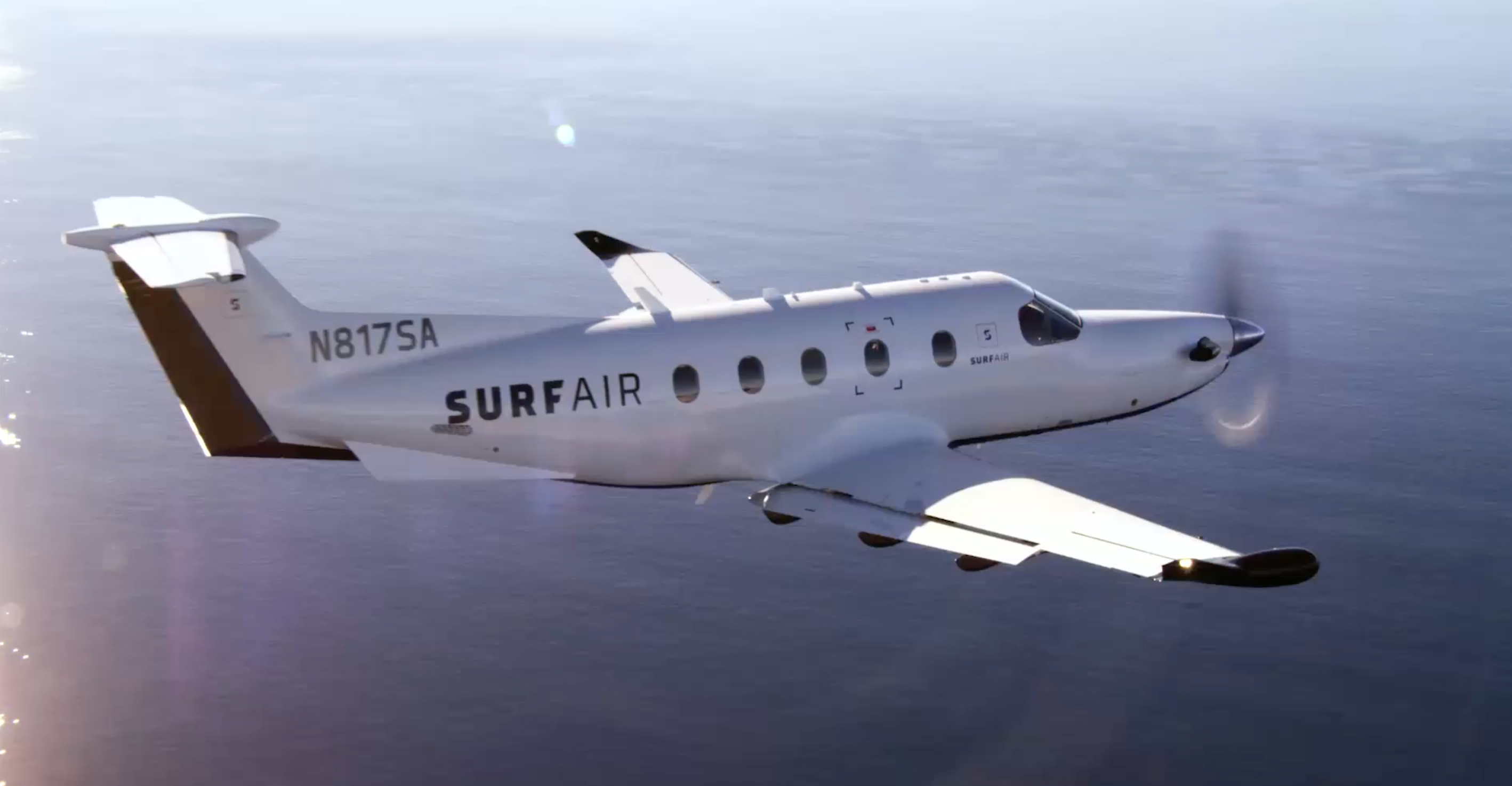“G ood list, but don’t forget Rise, Private-flight Sharing in Texas. Now serving Dallas, Houston, Austin and Midland. Expanding soon to San Antonio, Oklahoma City, Tulsa, Northwest Arkansas and more. Fly unlimited for just $1,650 per month.”
Surf Air Acquires Airline With Similar Business Model and Will Add New Markets
When Clynt Taylor — who is a reader of The Gate — posted this comment on Saturday, August 15, 2015 in response to this article which listed hassle-free airlines as possible alternatives to flying as a passenger on commercial airlines, RISE had only been established during the prior year and was not included on the list…
…but this official announcement released from Surf Air last week confirmed the acquisition of RISE, which is considered “the second largest competitor in the ‘all-you-can-fly’ membership-based air travel category” and increases the number of weekly flights to 445 across 17 destinations — five of which were immediately added as a result of the consolidation of both airlines into one.
In addition to the possible expansion over the next 18 months into such markets as Las Vegas, Bentonville, Midland, New Orleans, Scottsdale, and Taos — with certain membership levels offering weekend service to Cabo San Lucas in Mexico, Aspen, and Sun Valley — one interesting tidbit in that announcement is a hint that Surf Air will expand into Europe.
The monthly subscription flight sharing model — which was purportedly pioneered by Surf Air in 2013 — “bridges the gap between commercial and private flying and provides an economical and efficient solution to the increasingly chaotic air travel experience”, according to the aforementioned announcement. “As part of the agreement, the RISE brand will transition to Surf Air and a new fleet of Surf Air aircrafts will be brought to Texas to fly the scheduled RISE routes between Dallas, Austin, Houston, and San Antonio. Surf Air’s corporate and operational headquarters will remain in Santa Monica, maintaining a significant presence in Dallas with RISE founder and CEO, Nick Kennedy, taking the role as President of the Texas and South-East region for Surf Air, reporting to” Sudhin Shahani, who is the chairman and chief executive officer of Surf Air.
Additionally, service Monday through Friday between Texas and California will be launched later this year to connect both flight networks. You can also decide where Surf Air expands to next by placing a deposit — which is fully refundable — or by signing up to stay informed on any new route on which you are interested in flying as a passenger.
Membership starts at a cost of $1,950.00 per month — or you can instead book a flexible flight package starting at $508.00 per flight. With both offers, the caveat is that a minimum of ten round-trip flights — distributed as 20 one-way flights — must be purchased upon activation.
The Demise of One “Competitor”
Not all hassle-free alternative airlines have been successful. SeaPort Airlines — about which I first wrote in this short article greater than seven years ago on Wednesday, June 2, 2010 — permanently ceased operations last year on Tuesday, September 20, 2016. A shortage of pilots was cited as one of the factors towards the demise of the airline, as it has forced similar smaller airlines to cancel flights and ground airplanes as a “side effect” of regulations by the federal government of the United States which had dramatically increased the minimum number of flight hours required for new pilots.
However, SeaPort Airlines did not use the same ‘all-you-can-fly’ model based on membership subscriptions which both Surf Air and RISE — whose operations are currently based in Texas — employ.
Summary
The ‘all-you-can-fly’ model based on membership subscriptions is not exactly an affordable model for everyone; but I do like the concept of flying as a passenger free of hassles in general: no having to go through an airport security checkpoint; showing up only minutes prior to departure; and fewer crowds are three of the benefits realized — but disadvantages also include increased chances of cancelled or delayed flights due to inclement weather and decreased services at smaller airports.
Unfortunately, these smaller airlines have a long way to go before they are able to significantly disrupt the commercial aviation model currently practiced in the United States — possibly resulting in more choices for consumers in terms of air travel.
The list of airlines in this article is somewhat outdated; so I am thinking of updating it for 2017. If you know of any airlines which should be added to the list, please let me know in the Comments section below. Thank you in advance.
Source: Surf Air.
